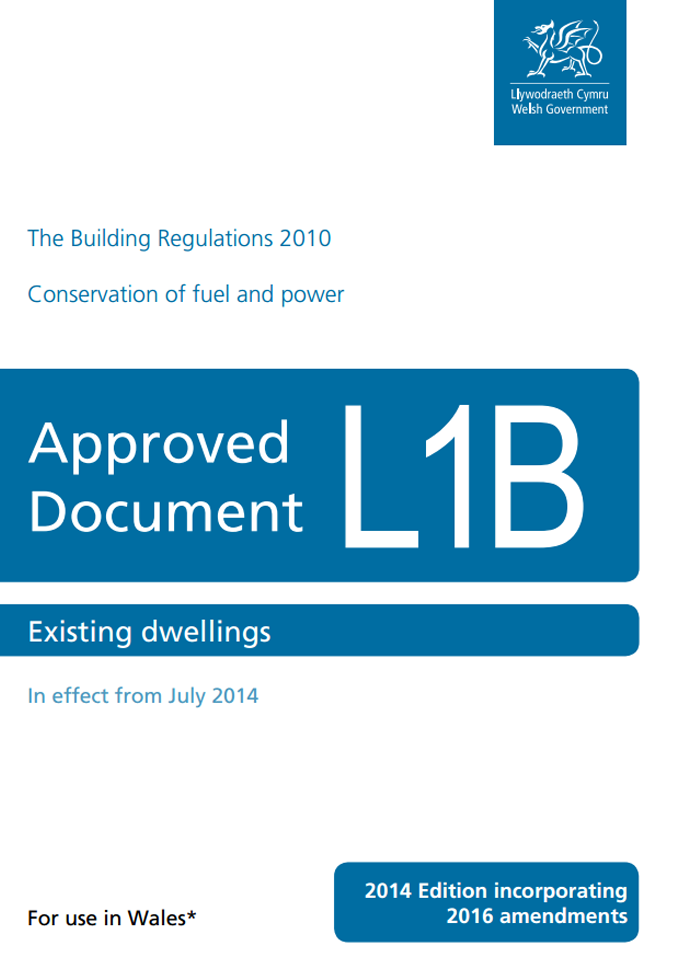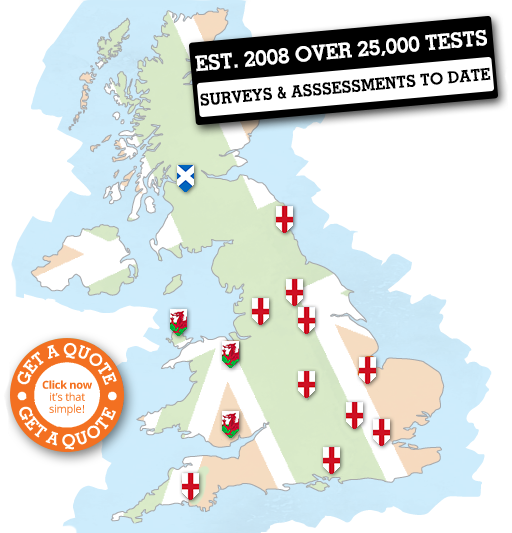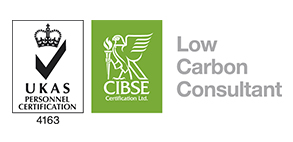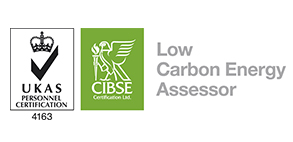Offices Nationwide

Environmental Noise Levels
The max exposure time at 85 dBA is 8 hours, at 110 dBA it's just 1 min 29 seconds. If exposed, limit the time and wear hearing protection...more

Sound Transmissions
Paths can be interrupted by insulation and blocking air paths. A material's insulation is governed by mass, stiffening and damping...more
Part L1B
Conservation of fuel and power in Existing Dwellings

SAP Calculations is sometimes referred to as SAP Conversion Calculations, SAP Conversion rating, SAP Conversion Assessment, Part L1B Compliance, SAP Conversion Calcs, SAP Conversion Calc.
SAP Calculations Across the UK
How Is A SAP Assessment Undertaken?
The SAP software will determine if a building complies with Building Regulations in the UK using the information provided by the SAP assessment. This crucial information relates to the type of dwelling, floors, walls, the roof, windows, doors, lighting, renewable technologies, 'U' values, hot water and ventilation.
A SAP is done off-site but requires plans and drawings of the site in order to be calculated. Amongst other things, the SAP assessor will determine how good the thermal elements are in the floors and walls and how well heat passes through these elements - this is known as a 'U' value. A high 'U' value represents a high amount of heat lost - this is used in the SAP calculation.
What Is A SAP Calculation?
A SAP rating represents the cost of energy required by a property over the course of a year with a score of 100 meaning there's no energy cost. This is calculated from lighting, heating, hot water systems, renewable technolgies used and the elements of structure. The higher the score, the lower the cost of running it.
SAP calculations are the Government's Standard Assessment Procedure for Energy Ratings. In order to produce an On Construction EPC (Energy Performance Certificate) or a Predicted Energy Assessment (PEA), a SAP is required, as this is the calculation these certificates are based on.
Why Do I Need A SAP Calculation?
It is the responsibility of the builder to provide any On Construction EPCs when a home is constructed. This will also apply if a building is converted into fewer or more units (material change of use) and changes are made to the heating, hot water provision or air conditioning/ventilation services.
You will need to provide information about energy efficiency in a Predicted Energy Assessment (PEA) if you are planning to sell the property before it has been built.
Under Part L of Building Regulations in the UK, since 2006, any new dwellings or conversions need to have a SAP Calculation and Predicted EPC before any work can begin.
Our other services include:
Warning: Invalid argument supplied for foreach() in /data04/elite/public_html/Office.php on line 769
Domestic Carbon Emission Calculations can also be known as:
TER DER Calc, SAP Rating, SAP Calculations, Standard Assessment Procedure, Domestic Carbon Emission Calculation, SAP Calc, SAP Assessment, TER DER Calculation, Domestic Carbon Emission Calc,
Copyright 2025 E2 Specialist Consultants Limited
Company No. 06728970
In Area I
SAP Conversion Calc in Ibstock, SAP Conversion Calc in Ilchester, SAP Conversion Calc in Ilford, SAP Conversion Calc in Ilfracombe, SAP Conversion Calc in Ilkeston, SAP Conversion Calc in Ilkley, SAP Conversion Calc in Ilminster, SAP Conversion Calc in Immingham, SAP Conversion Calc in Ince-in-Makerfield, SAP Conversion Calc in Ingatestone, SAP Conversion Calc in Ingleton, SAP Conversion Calc in Inkberrow, SAP Conversion Calc in Innerleithen, SAP Conversion Calc in Insch, SAP Conversion Calc in Inveraray, SAP Conversion Calc in Invergordon, SAP Conversion Calc in Inverkeithing, SAP Conversion Calc in Inverness, SAP Conversion Calc in Inverurie, SAP Conversion Calc in Ipswich, SAP Conversion Calc in Irchester, SAP Conversion Calc in Ireland, SAP Conversion Calc in Irlam, SAP Conversion Calc in Irthlingborough, SAP Conversion Calc in Irvine, SAP Conversion Calc in Isle of Arran, SAP Conversion Calc in Isle of Scilly, SAP Conversion Calc in Isle of Skye, SAP Conversion Calc in Isleworth, SAP Conversion Calc in Islington, SAP Conversion Calc in Iver, SAP Conversion Calc in Ivybridge,






































